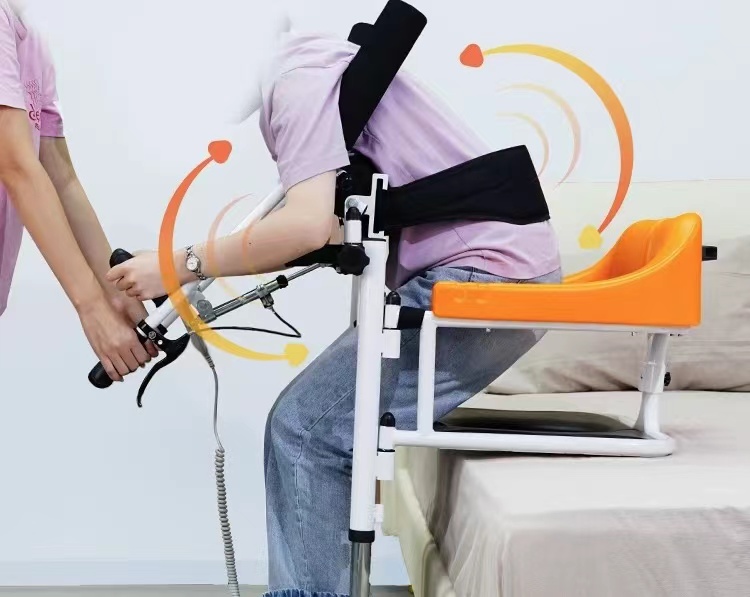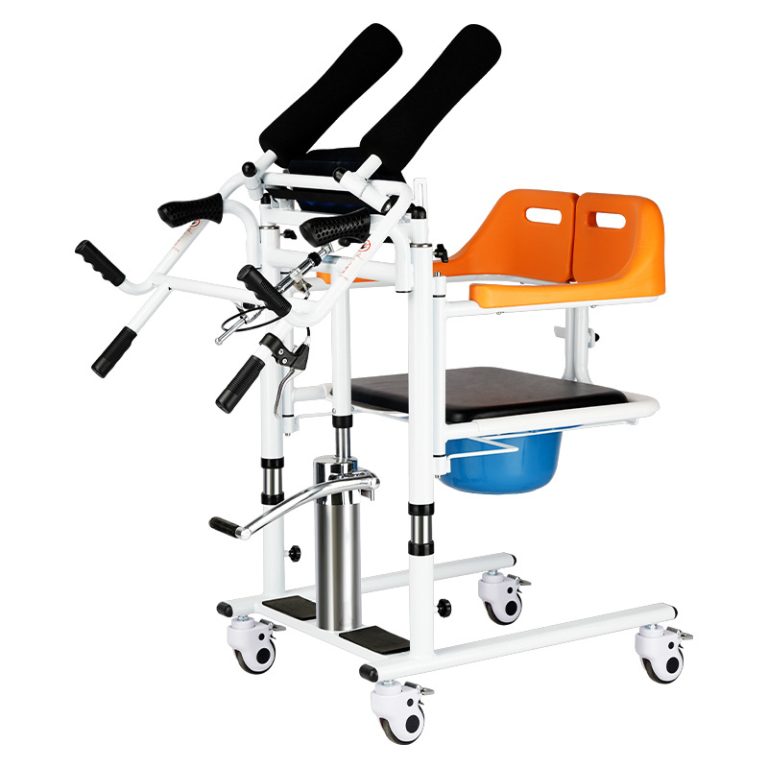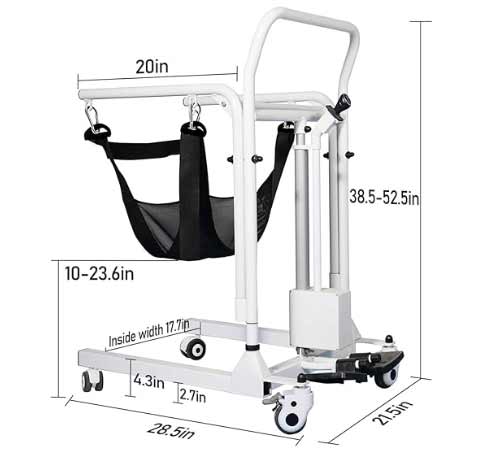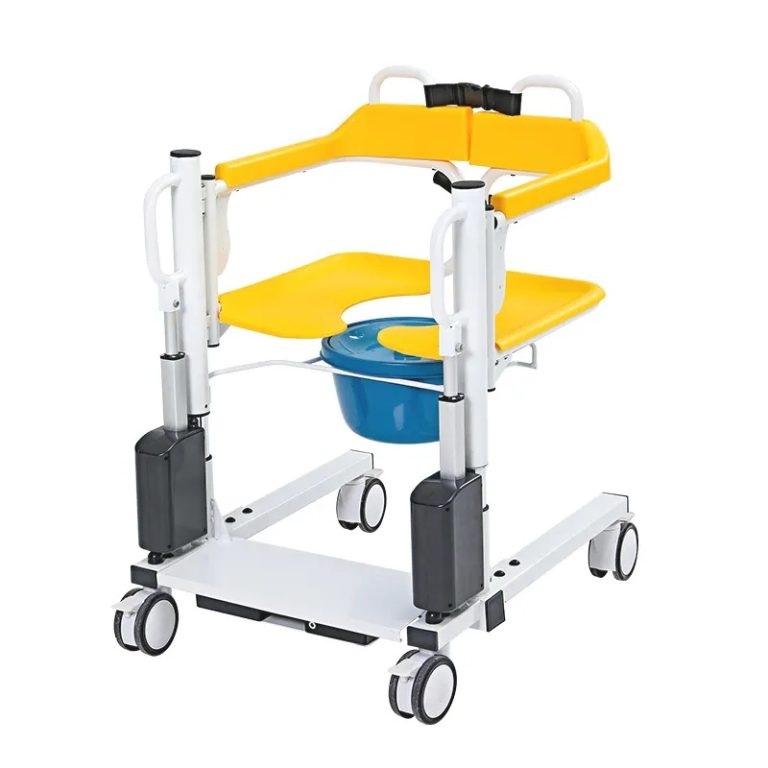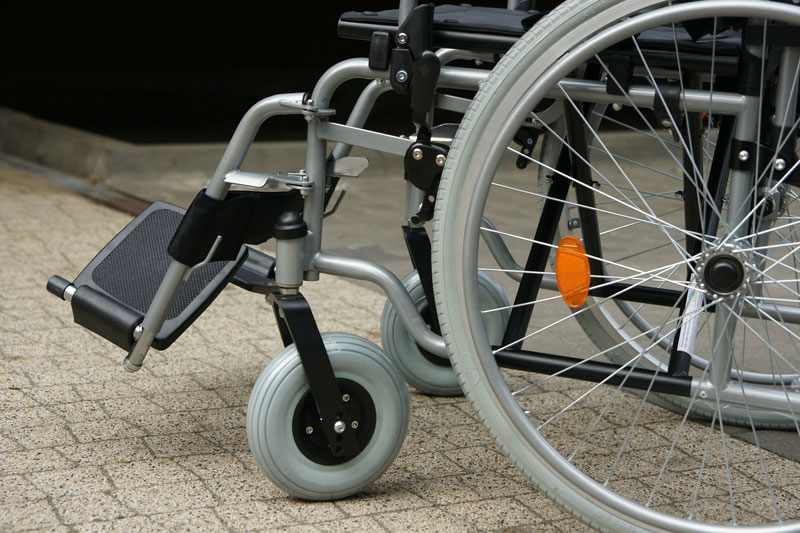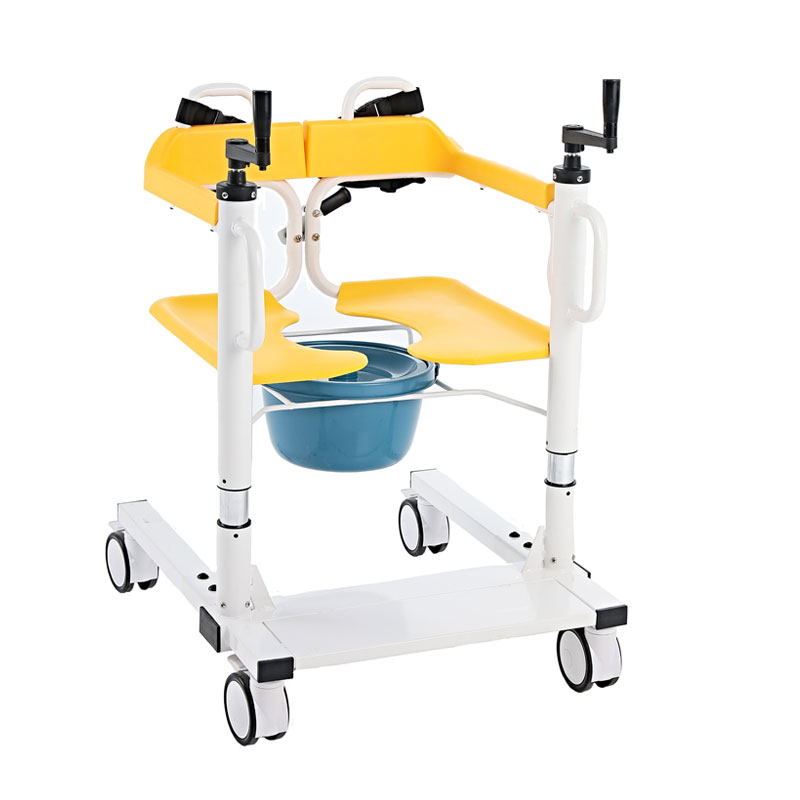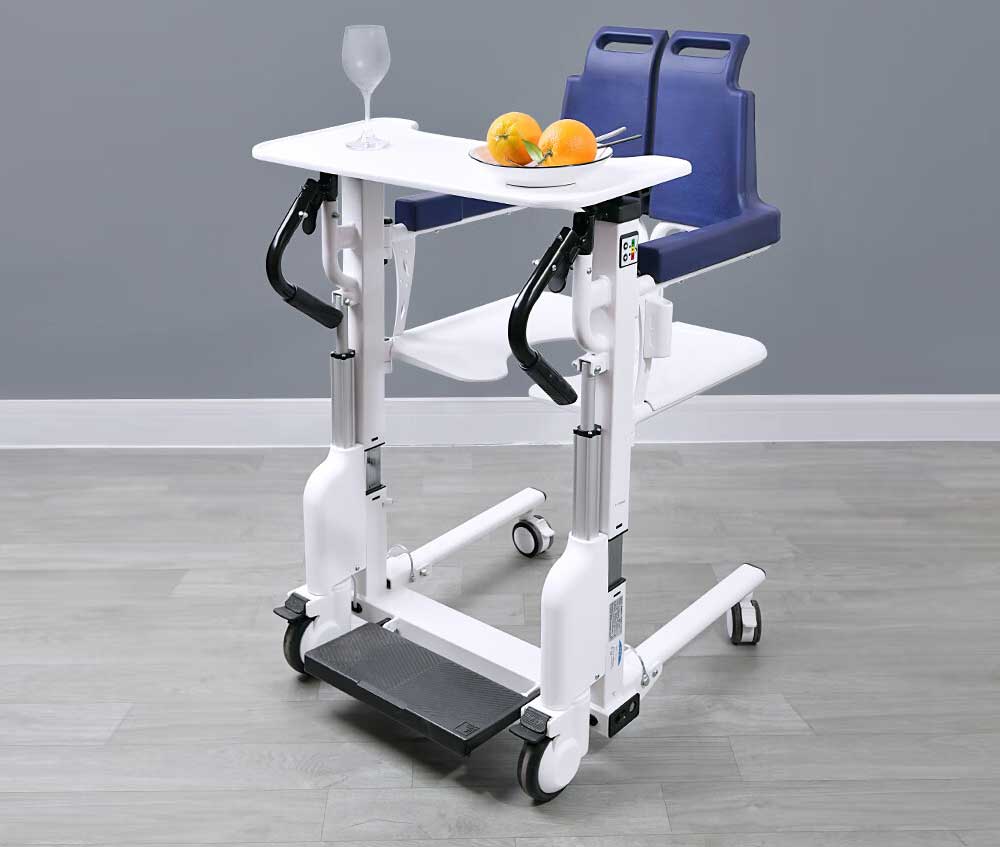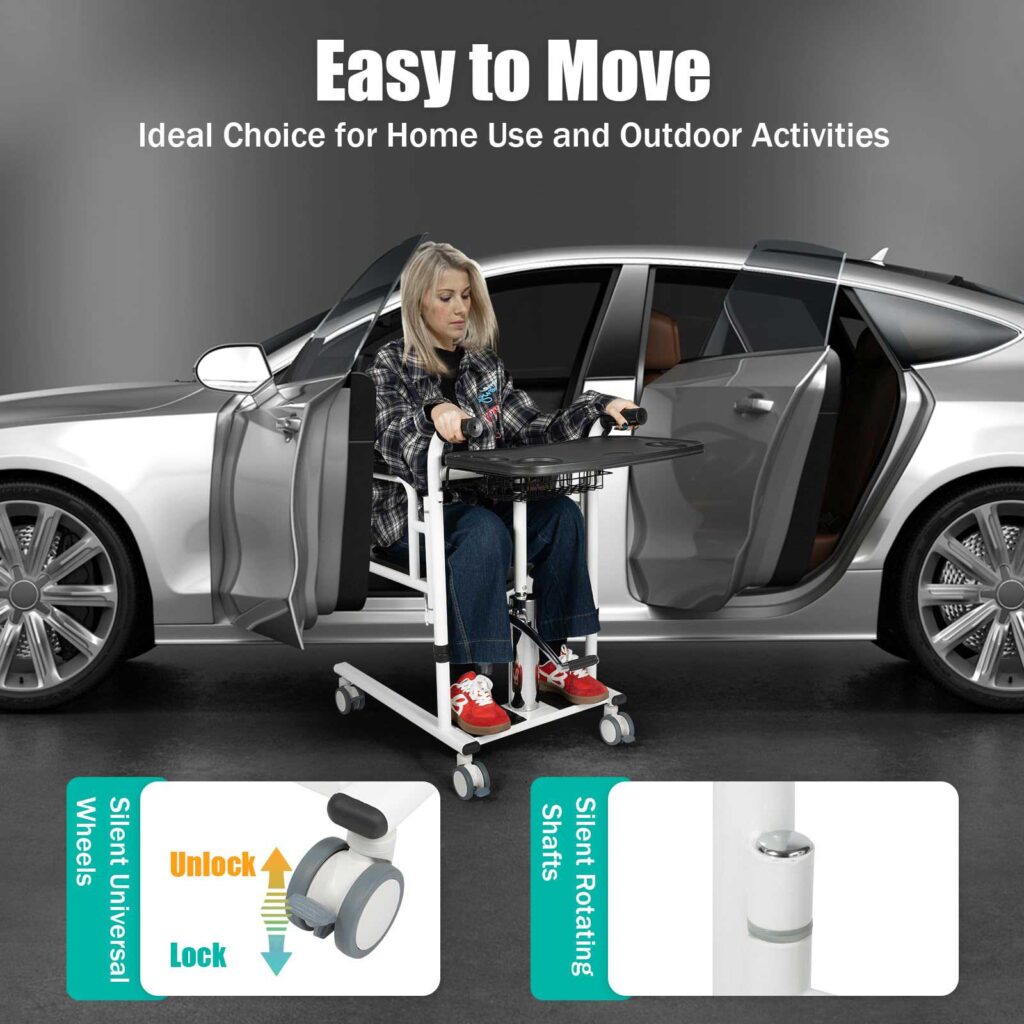In today’s world, where mobility challenges can significantly impact one’s quality of life, innovative solutions are emerging to empower individuals and ease the burden on caregivers. One such groundbreaking device is the hydraulic transfer chair.
A hydraulic transfer chair is a specialized mobility aid designed to assist individuals with limited mobility in transferring between different positions. Whether it’s moving from a bed to a wheelchair, a toilet, or a car, these chairs offer a safe, efficient, and dignified solution.
By harnessing the power of hydraulics, these chairs provide a smooth and effortless lifting mechanism, reducing the physical strain on both the user and the caregiver. This not only enhances the user’s independence but also promotes a higher quality of life.
In the following sections, we’ll delve deeper into the intricacies of hydraulic transfer chairs, exploring their features, benefits, and how they can transform the lives of those who rely on them.
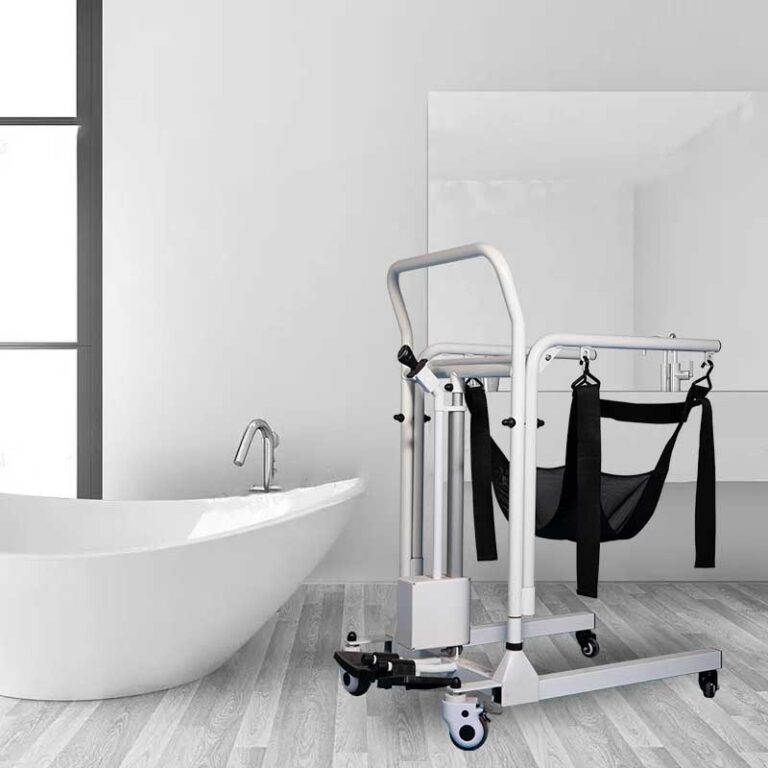
How Hydraulic Transfer Chairs Work
A hydraulic transfer chair is a marvel of engineering designed to simplify complex transfers. At its core, a hydraulic system powers the lifting mechanism, allowing for smooth and controlled movement.
Key Components of a Hydraulic Transfer Chair:
- Hydraulic Pump: This component generates the hydraulic pressure needed to lift and lower the chair’s seat.
- Hydraulic Cylinder: The cylinder converts the hydraulic pressure into mechanical force, enabling the seat to move up and down.
- Seat: The comfortable and supportive seat is the primary contact point for the user.
- Backrest: The backrest provides support for the user’s back and can often be adjusted to different angles.
- Armrests: The armrests offer additional support and can be adjusted or removed as needed.
- Base: The sturdy base provides stability and support for the entire chair.
The Transfer Process of Hydraulic Transfer Chairs:
- Positioning: The user is positioned on the edge of their bed or wheelchair, facing the transfer chair.
- Lifting: The caregiver activates the hydraulic pump, causing the seat to rise to the desired height.
- Transferring: The user is carefully transferred from their current seating position to the transfer chair’s seat.
- Lowering: The caregiver lowers the seat to the desired height, allowing for easy transfer to the target destination, such as a wheelchair, toilet, or car.
By understanding the mechanics behind hydraulic transfer chairs, you can appreciate their efficiency and effectiveness in promoting independence and reducing the risk of injury.
Benefits of Using a Hydraulic Transfer Chair
Investing in a hydraulic transfer chair offers a multitude of benefits for both the user and the caregiver.
Enhanced Independence
- Self-Reliance: Hydraulic transfer chairs empower individuals with limited mobility to perform daily tasks independently.
- Dignity and Control: By reducing reliance on caregivers, these chairs promote a sense of dignity and control.
Reduced Physical Strain on Caregivers
- Ergonomic Design: Hydraulic transfer chairs alleviate the physical strain associated with manual lifting and transferring.
- Injury Prevention: By minimizing the risk of back injuries and other musculoskeletal disorders, these chairs protect the health of caregivers.
Improved Safety and Comfort
- Smooth and Controlled Transfers: The hydraulic mechanism ensures smooth and controlled movements, reducing the risk of accidents and falls.
- Comfortable Seating: Well-padded seats and backrests provide comfort during transfers.
- Adjustable Features: Customizable features, such as adjustable seat height and backrest angle, cater to individual needs and preferences.
Enhanced Quality of Life
- Increased Mobility: Hydraulic transfer chairs enable individuals to participate in a wider range of activities.
- Social Interaction: Greater mobility can lead to increased social interaction and improved mental well-being.
- Peace of Mind: Knowing that safe and efficient transfers are possible can provide peace of mind to both users and caregivers.
By understanding the numerous benefits of hydraulic transfer chairs, you can make informed decisions about their potential to improve the quality of life for individuals with limited mobility.
Types of Hydraulic Transfer Chairs
Hydraulic transfer chairs come in various types, each designed to meet specific needs and preferences. Here are some of the most common types:
4.Wheelchair-Compatible Transfer Chairs
These chairs are designed to work seamlessly with wheelchairs. They often feature a swing-away or detachable armrest to facilitate transfers.
Choosing the Right Hydraulic Transfer Chair
When selecting a hydraulic transfer chair, consider the following factors:
- User’s weight and size: Ensure the chair can accommodate the user’s weight and body dimensions.
- Level of mobility: Consider the user’s ability to transfer independently or with minimal assistance.
- Intended use: Determine whether the chair will be used at home, in a healthcare facility, or in a public setting.
- Additional features: Look for features like adjustable seat height, backrest angle, and armrests to enhance comfort and functionality.
By carefully considering these factors, you can choose the ideal hydraulic transfer chair to meet your specific needs.
Practical Use Scenarios and Case Studies
Hydraulic transfer chairs are versatile tools that can be used in various settings to enhance independence and quality of life. Here are some common use scenarios and real-world examples:
Home Care
- Bed to Wheelchair Transfers: These chairs streamline the transfer process, reducing the risk of injury for both the user and the caregiver.
- Bathroom Transfers: Hydraulic transfer chairs can assist with transfers to and from the toilet, promoting dignity and independence.
- Shower Transfers: With the right accessories, hydraulic transfer chairs can be used in conjunction with shower chairs for safe and comfortable bathing.
Healthcare Facilities
- Hospitals: These chairs are essential for transferring patients between beds, wheelchairs, and examination tables.
- Nursing Homes: Hydraulic transfer chairs can help caregivers efficiently and safely move residents between rooms and common areas.
- Rehabilitation Centers: These chairs facilitate transfers to and from therapy equipment, enabling patients to participate in rehabilitation exercises.

By understanding the practical applications of hydraulic transfer chairs, you can see how these devices can transform the lives of individuals with limited mobility.
In conclusion, hydraulic transfer chairs have revolutionized the way individuals with limited mobility navigate their daily lives. By providing a safe, efficient, and dignified solution for transfers, these chairs empower users and alleviate the burden on caregivers.
Whether you’re a healthcare professional, a caregiver, or an individual seeking greater independence, a hydraulic transfer chair can be a valuable asset. By investing in this life-changing technology, you can enhance the quality of life for yourself or your loved ones.
If you’re considering purchasing a hydraulic transfer chair, be sure to consult with healthcare professionals or mobility specialists to select the right model for your specific needs. With the right chair, you can experience the transformative power of independence and mobility.
